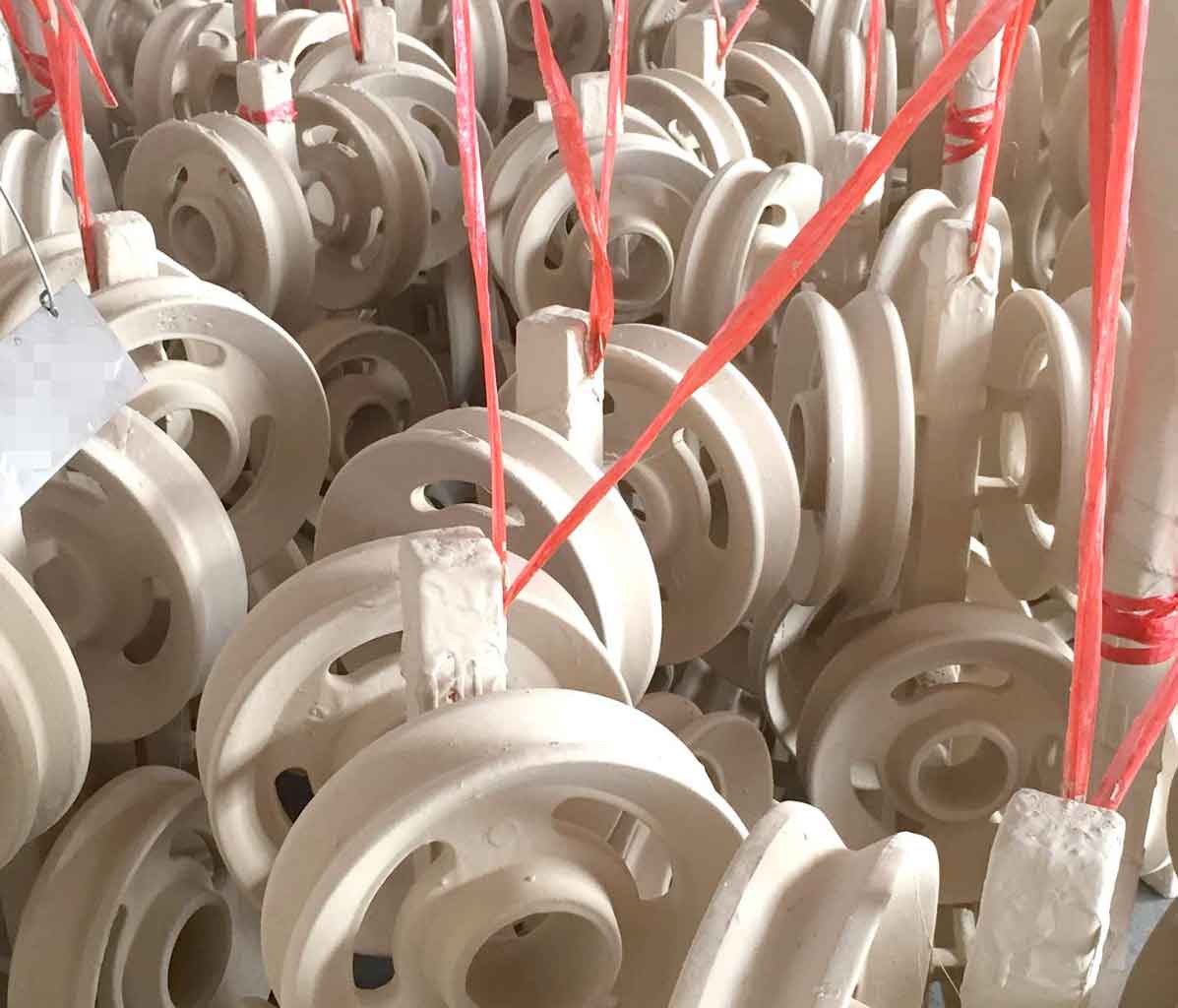The United States was the first country to apply the lost foam casting method and was the first to carry out mass production. Massachusetts Institute of Technology (MIT) began to study the lost foam casting method in 1959. At that time, an artist named Alfred Duca provided the Foma vacuum method he developed, and successfully poured bronze Pegasus and ductile iron bell frames. In the more than ten years before the expiration of the patent in 1981, industrial applications focused on automotive stamping dies, frames and other parts. Ford Motors began to study this method in 1974 to produce aluminum alloy castings. In 1980, it used a semi industrial device to produce engine intake manifold castings in essek, Ontario, Canada, and produced 25 kinds of high-quality castings that year.

In 1984, Ford Motors installed a full mold casting automatic production line with a productivity of 180 models / hour in the same workshop. The annual output of this line reached 3million intake manifolds, and the casting scrap rate was about 5%. The main cause of scrap was pattern damage. In 1982, G Motors has built a fully automated lost foam casting production line for aluminum castings in the central foundry, producing aluminum alloy cylinder heads, intake and exhaust manifolds, etc. In addition, Saturn company, a subsidiary of the company, established a lost foam casting production line of 80 cases per hour in 1987, which is used to produce castings such as cylinder block, crankshaft and cylinder head. The company’s lost foam casting equipment is imported from “fata” company in Italy and Fukang company in the United States to produce engine block and rear axle castings.
In 1984, the gray cast iron plant of Robinson casting company built an automatic production line with a daily output of 50 tons of gray cast iron. In addition, many companies and factories, such as American ocean shipping company and John Deere, have also invested huge amounts of money to build lost foam casting production lines or professional factories, and use this method to produce castings.
